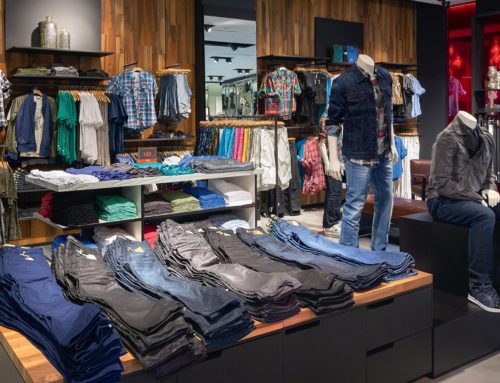| We have all seen the news headlines about the increase in smash-and-grab crimes. The National Retail Federation reported a rise in shrink, which is defined as inventory losses due to theft, operational errors, and systemic mistakes, from 1.4% in 2021 to 1.6% in 2022. This increase costs retails around $112.1 billion in losses, up from $93.9 billion the previous year, based on revised estimates of total retail sales.
An NRF article delves into the concept of “shrink” in the retail industry, emphasizing that shrinkage is a measurement of inventory loss expressed as a percentage of sales during a specific inventory period. Retailers use this metric to forecast or account for losses on their balance sheets, considering theft, operational errors, and other inventory loss factors. However, the article underscores that shrink calculations can vary based on retail segment and may not fully capture all forms of inventory loss, like theft-related worker’s compensation claims or store damage due to theft incidents. Shrink is becoming a larger problem for retailers. Target just announced the closing of 9 stores due to theft-related problems. Costco has a solution to the retail shrink issue. Costco’s approach to inventory shrinkage has been effective. While they’ve seen a slight increase in shrinkage due to self-checkout implementation, it’s not a significant issue compared to the industry. Theft accounts for less of their inventory (about 1 basis point) than retailers with widespread self-checkout (around 4%). Costco’s limited use of self-checkout likely contributes to its lower shrinkage rates than rivals. They aren’t considering adopting scan-and-go technology like Amazon, prioritizing a simpler scanning process. Also, Costco opts not to have express checkout lanes, aligning with their finding that most members purchase an average of 16 items per visit, making express lanes less practical for their customer base. What is new in Retail:
Holiday spending to increase 3.7% Mastercard’s SpendingPulse report forecasts a 3.7% increase in U.S. retail sales (excluding automotive) during the holiday season from Nov. 1 to Dec. 24, compared to the previous year, without adjusting for inflation. E-commerce is anticipated to grow by 6.7% year over year, while in-store sales are predicted to rise by 2.9%. Electronics sales are projected to have the highest increase at 6%, followed by restaurant spending at 5.4% and groceries at 3.9%. However, apparel purchases are expected to rise by only 1%, and jewelry spending might dip by 0.3%. This year’s holiday season might see a shift compared to 2022, likely influenced by factors such as inflation and consumer preferences based on economic conditions. As US consumers slow down, Walmart is muscling out its competition Walmart is showcasing resilience and market share gains by utilizing its extensive physical retail network and exploring new revenue streams. Analysts highlight Walmart’s strategic expansion beyond traditional retail and e-commerce into various domains such as advertising, merchant services, last-mile delivery, health services, and digital payments. The retailer is remodeling stores and employing its store network to fulfill online orders, which proves to be a cost-effective approach. Walmart is also attracting higher-income customers, akin to Target’s customer base, and expanding its marketplace with well-known brands. Furthermore, the company is diversifying revenue sources and investing in automation for improved efficiency. |








